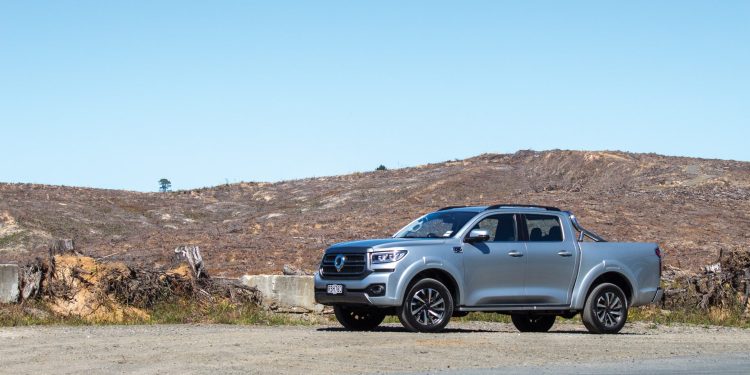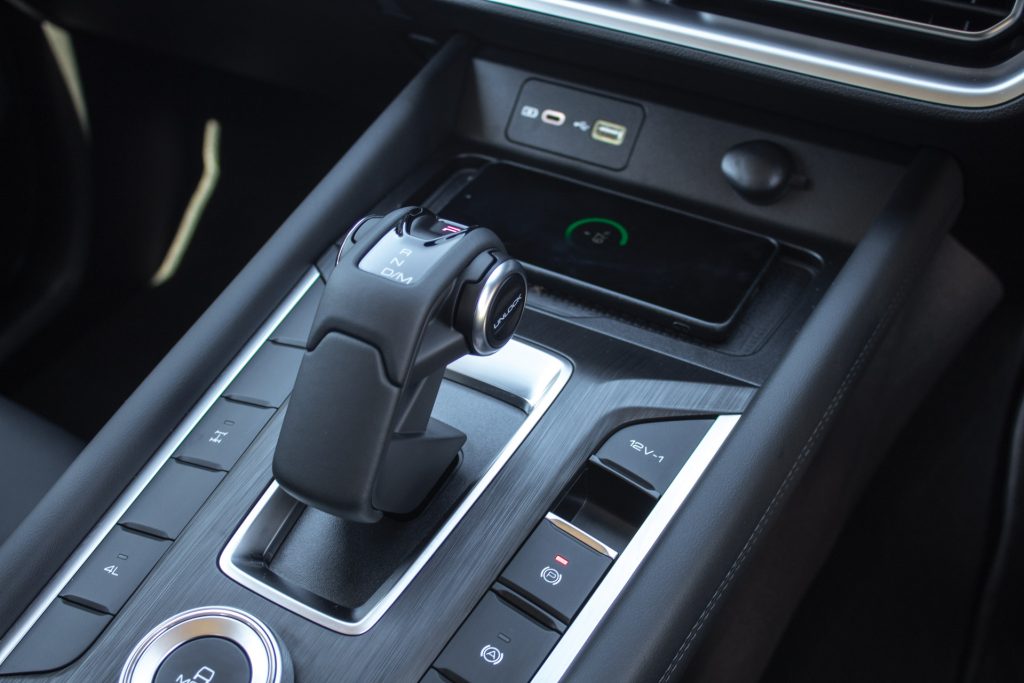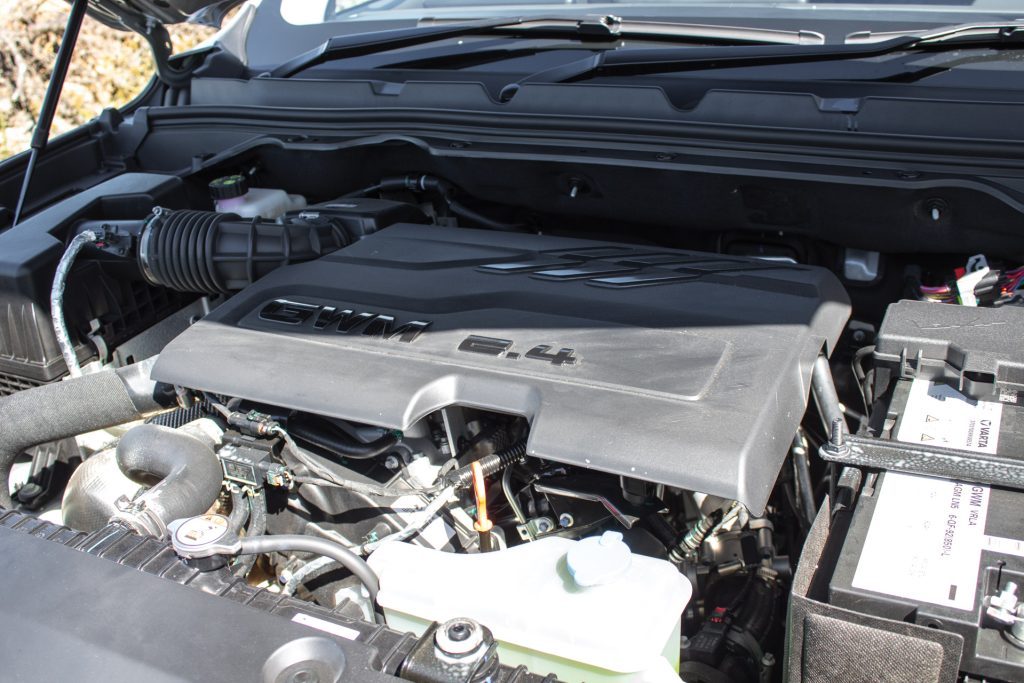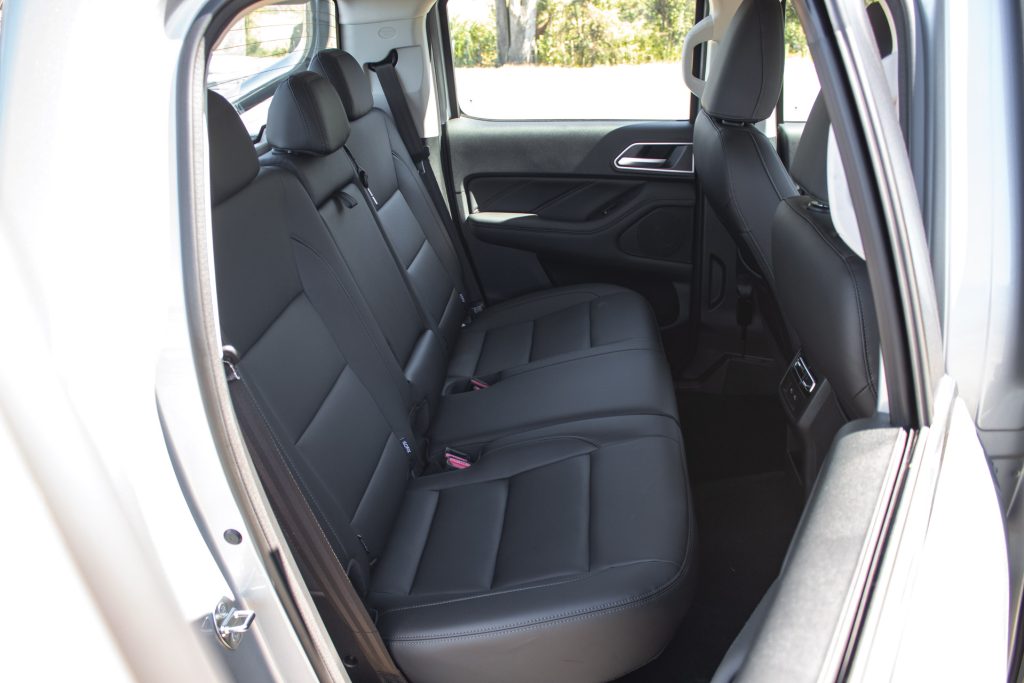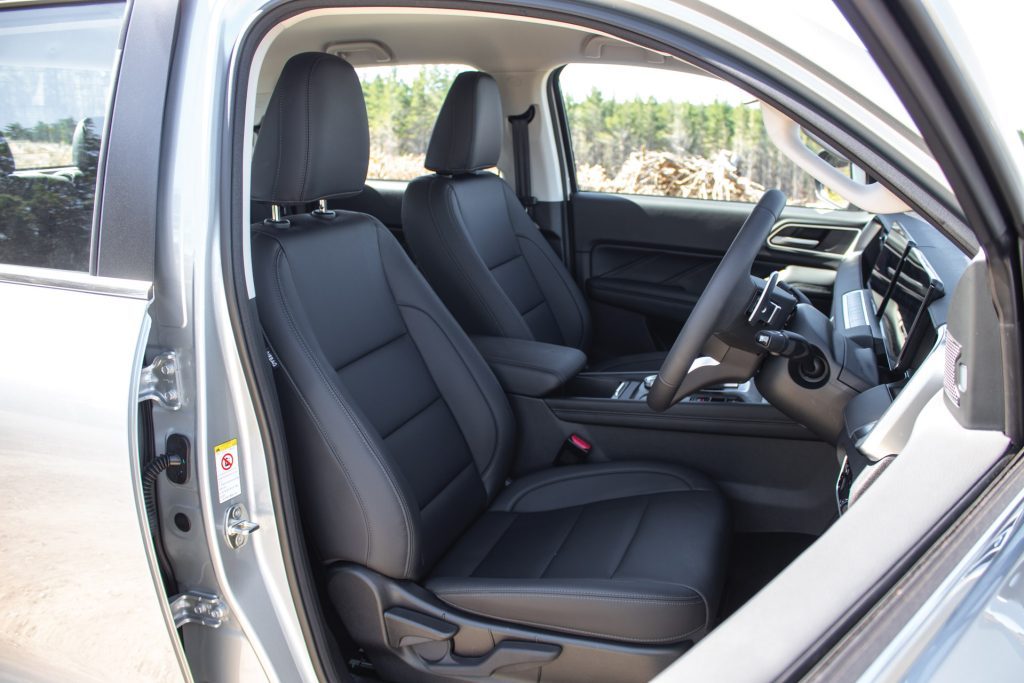2025 GWM Cannon Lux Review
Words: Kyle Cassidy | Photos: KC
GWM fires a salvo into the value end of the ute market with its revised Cannon. Is it the right ute for these fiscally responsible times?
GWM has really improved its game in the ute arena with its revised Cannon. It was not so very long ago that the Great Wall pick-ups garnered ‘avoid like the plague’ warnings. But the Cannon was a big improvement when it arrived in 2020. It didn’t fare well under the Clean Car Discount regime however, but the brand should feel a lot more optimistic about the fortunes of the upgraded model. It arrives with more of the good stuff in terms of torque and tow and GWM has really honed the price, sharpening it to a sheen.
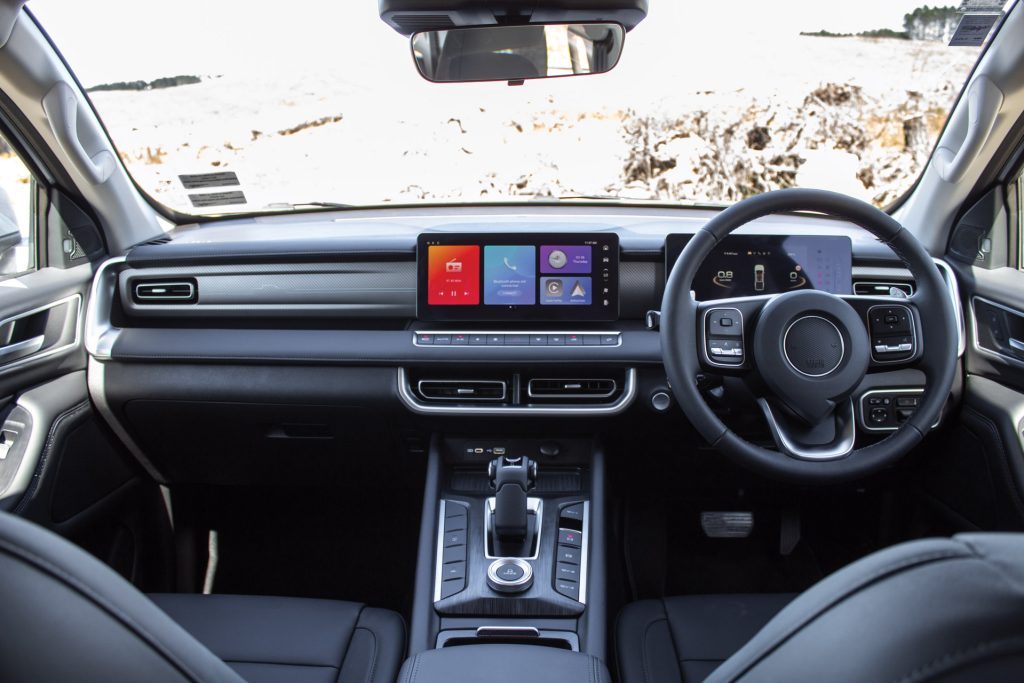
So what’s new then?
The MY25 Cannon gets a more potent 2.4-litre turbodiesel mated to a nine-speed automatic. This, along with suspension and cooling modifications, has seen the braked towing capacity rise to 3500kg to match the main players. Its 995kg payload is handy too.
Outwardly, the chrome has been pared back, the grille revised and the wheel arches are more prominent. There’s a fresh look inside, the cabin getting a complete makeover. Included is a pair of new screens, a revised centre console and a new wheel.
There’s just the one model for NZ, the mid-spec Lux. But it’s well outfitted. Expect sidesteps, sports bar, charge pad, faux-leather trim, wireless Apple Carplay and Android Auto, a smart key with remote engine start, seven airbags, quite a few safety assists and LED lights.
GWM NZ says it will monitor the market in regard to offering the up-spec Ultra, which adds leather trim with powered and heated seats, a sunroof, a tailgate step, and a surround-view camera. At present, it is more about balancing the local line-up complexity with demand. And there’s been a softening of the latter in recent months. GWM will be hoping the Cannon’s sharp $43,490 price will stimulate some interest, and that includes a seven-year, unlimited kilometre warranty.
How’s the new 2.4 go?
With a bit more torque and nine gears to help out, this performs well. Where the old 2.0-litre was a bit laggy and slow, this is much improved. Against the clock it registered 100 more than a second quicker than the old one. A low first gear facilitates a decent take off from a standstill. It’s quite sharp at first; you mash the gas expecting a sluggish reaction and it launches quickly. So there’s minimal lag and the box is quick and slick with the changes. Well, at least up the ratios; it could be quicker with the downshifts. About the only time the powertrain feels wanting is when rolling up to a give way intersection. If you ask it to go again while it’s still sorting the gears, you can catch it out as it tries to pull away from almost stopped in second. And so it takes a little longer to get up into the torque band, which hits properly around the 1700rpm mark. Fuel use is rated at 8.4L/100km while our average was 9.3 thanks to getting more motorway miles into the mix. The extra urban figure is stated at 7.5L/100km.
The new shifter looks pretty nifty, if you have daydreams of being a fighter pilot that is. It’s easy enough to use but is slow when it comes to switching from drive into reverse and then back when doing a turnaround. And you’ll be doing plenty of three pointers as the turning circle is huge, even for a ute. At least the steering is ultra light, though so is the brake pedal assistance. The unladen ride has some jiggle to it, so it’s not the plushest progress, but neither is it particularly bad.
It’s the same story on the highway. Yet it’s quite good at sorting actual bumps, the damping quick to soak the hit and settle back down. And so there’s not much bump steer to speak of, the Cannon rounding up bends in a fairly competent manner. The roll at the rear isn’t too bad, though the front tyres tend to start scrubbing if you get too enthusiastic. You don’t get much back from the steering, but it points it all in the right direction.
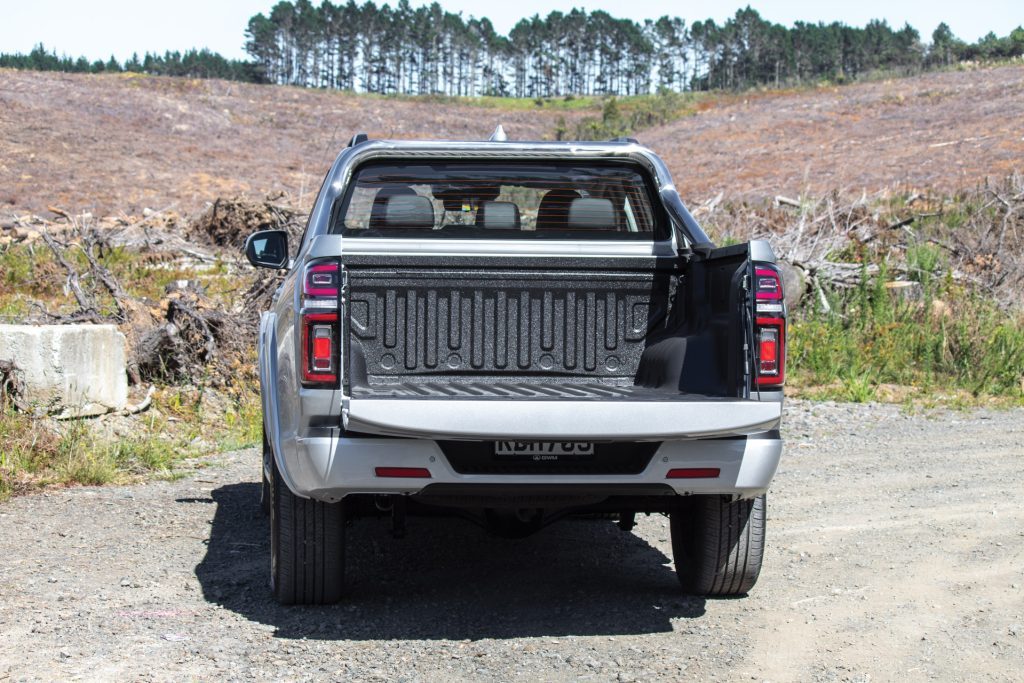
Sure is big
The Cannon is a sizable ute, measuring up at 5.4m in length, and touting a fairly large wellside. The load area is 1350mm wide at the tailgate, narrowing to 1140mm at the arches, while it’s 1560mm long. It has a spray-in bed protector (though the top of the tailgate is naked) and there are only four tie down points. Extra marks for having a damper on the tailgate for a safer lowering action while a helper spring makes it that much easier to close. It also locks via the remote now.
While it doesn’t have the excess of cabin space that the Cannon Alpha offers, rear seat passengers don’t fare too badly. There’s enough leg room, a reasonably flat floor for the middle passenger (preferably a child), a couple of old style USB ports and a grab handle on the B pillar to help you up and in.
Up front, it’s a vinyl-clad affair but that makes for a lot of soft touch points. The design and layout are unlikely to offend, while it feels well made. The seat adjustment is manual, not such a biggie, though support could be improved as there’s no lumbar adjustment for instance. The phone charger makes up for the lone USB-C port, and most owners will likely find the cup holders are a little small for a ute. There’s a decent sized bin beneath the arm rest and it is heated and cooled via an aircon duct. The central screen has a vibrant resolution and is responsive to the touch, though some of the soft buttons are too small. Its back-up camera is complemented by a side view feature. Press one of the steering wheel buttons and you get a view of what might be on the left hand side of the truck.
The driver display is semi-customisable and transfers its data in a digital format, the central focus being what the driver assistance features are up to. And on that note, there aren’t too many active safety features. Thankfully there’s no driver monitor to tell you off, or constant speed warnings. The lane keeping is a tyrant, the type that likes to keep you centred at all times, commandeering the steering, seemingly at will. However, another shortcut button on the steering wheel immediately summons the right menu on the touchscreen to quickly axe this. Adaptive cruise is nice to have, though is controlled via a hidden wand behind the wheel. It leaves too big a gap to the car in front though, and the braking system is oddly noisy when slowing down in traffic.
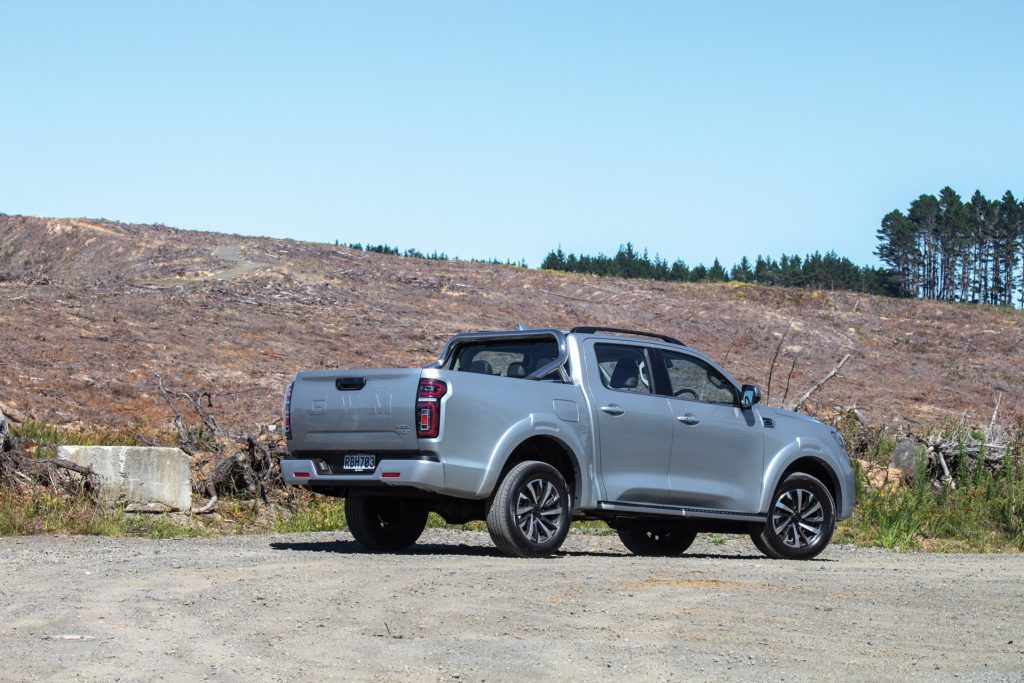
A 4×4 for how much?
Yes, 4×4 comes standard at the $43.5K price, though it doesn’t have the usual 2H, 4H and 4L settings. Rather, it runs an on-demand type system, meaning the rears have to momentarily slip before torque is fed to the front. It’s a bit snatchy at times, but does sort your traction issues quickly. Be interesting to see how well it copes in wet, wintry weather and in the mud where a permanent locked up setting might be better.
Others to consider are the JAC T9 at $49,990 and the LDV T60 Max Plus is $55,990 though the GLXR Triton is a better bet than that at $53,990. Another to consider is the Navara, which is in run-out mode and that sees the STX 4×2 at $44,995 with the 4×4 an extra $5k.
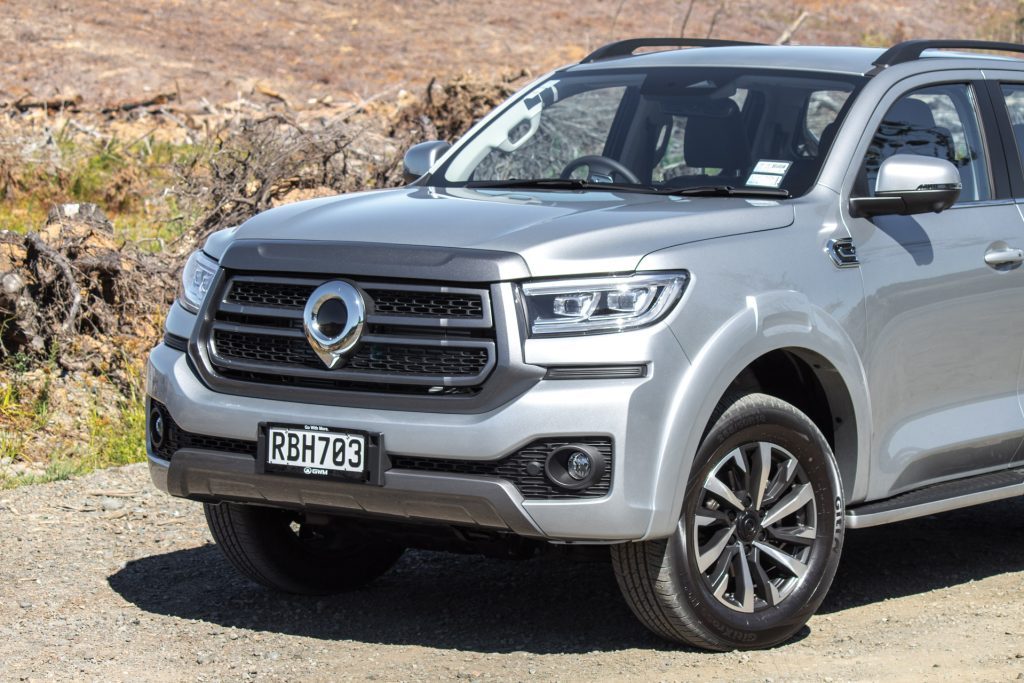
GWM Cannon Lux
$43,490 / 8.4L/100km / 221g/km
0-100 km/h 10.12
80-120 km/h 8.54s (241m)
100-0 km/h 37.45m
Speedo error 97 at an indicated 100km/h
Ambient cabin noise 70.4dB@100km/h
Engine 2370cc / IL4 / TDI
Max power 135kW@3600rpm
Max torque 480Nm@1500-2500rpm
Drivetrain 9-speed auto / on-demand AWD
Front suspension Wishbones / sway bar
Rear suspension Solid axle/leaf springs
Turning circle 13.1m (3.1 turns)
Front brakes Ventilated discs
Rear brakes Discs
Stability systems ABS, ESP
Safety AEB, ACC, BSM, LDW, RCTA, ALK, AHB
Tyre size f/r-265/60R18
Wheelbase 3230mm
L/W/H 5416 / 1947 / 1884mm
Fuel capacity 78L
Tow rating 750kg (3500kg braked)
Service intervals 12 months / 15,000km
Warranty 7yrs / unlimited km
ANCAP rating ★★★★★ (2021)
Weight (claimed) 2230kg


